Beyond the Beach: New Ways to See Cuba
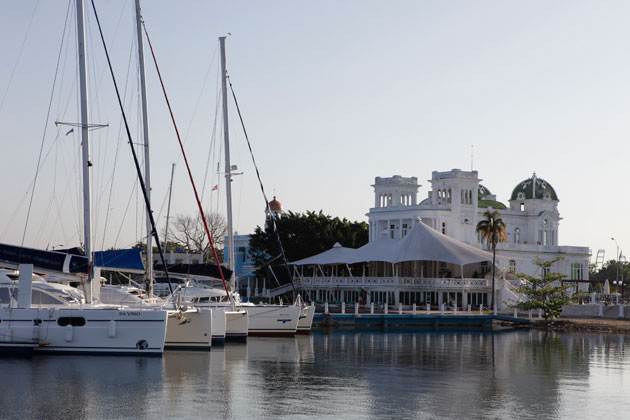
The Yacht Club, Cienfuegos, Cuba
When you think about Cuba, do you think, been there, done that? Perhaps the beach resort life, yes, but did you know that this island, known for its all-inclusive resorts and pristine beaches offers a few other reasons to visit, including nine UNESCO World Heritage Sites – more than any other island in the Caribbean?
Start in San Salvador de Bayamo, which has been declared a national monument as it has played a crucial role in defining Cuba. Carlos Manuel de Cespedes, known as the father of Cuba, was born there and Bayamo was a key area during Cuba’s Wars of Independence against Spanish colonialism. It has been said that notes of Cuba’s national anthem were first heard in its streets. If you are looking for a romantic, horse-drawn carriage ride, you can easily find them throughout the city.
Here, a look at some of Cuba’s most fascinating UNESCO sites and more.
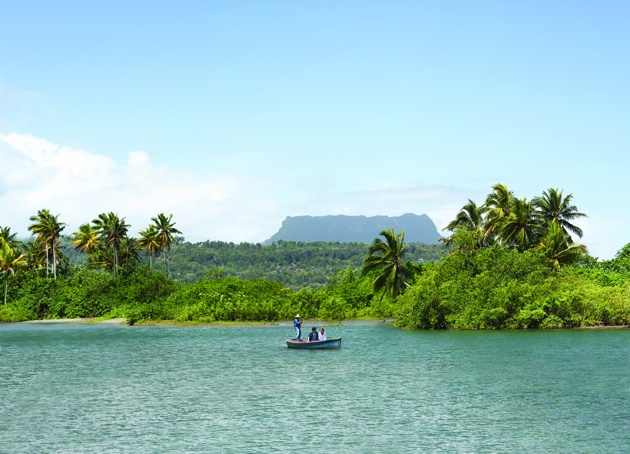
Cruise in the shadow of the iconic flat-topped mountain named “El Yunque de Baracoa” (which translates to English as “The Baracoa Anvil”). Baracoa is not a World Heritage Site, but it has historical significance. It is the first villa founded by the Spaniards in Cuba in 1511, and the first Capital of Cuba, until 1515. Its Our Lady of the Assumption of Baracoa Parish Church hosts the oldest historical relic of the encounter of the two cultures in the New World.
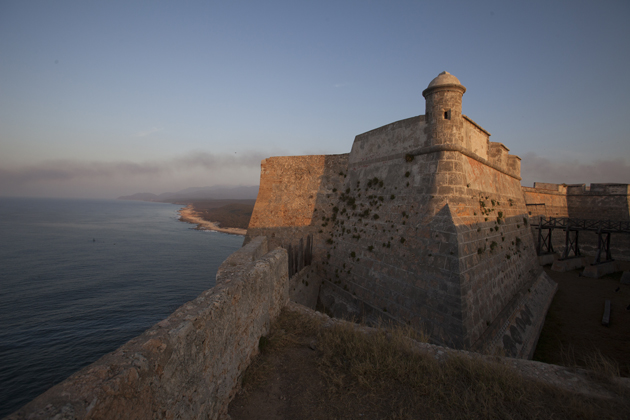
San Pedro de la Roca Castle, Santiago de Cuba
Santiago de Cuba, the second largest city in Cuba, was founded in 1515 by Spanish governor Diego Velazquez. Santiago De Cuba is justly famed for being the city with the greatest Caribbean ambience in Cuba – not just because of its geographic location, lapped by the warm water of the Caribbean Sea, but also because of its influence of varied cultures and architecture: Spanish, African, French, Haitian and Antillen. The city is a cultural hub as it contains a museum that displays the extensive art collection of the Bacardi family, and is home to some of Cuba’s most famous authors and musicians. San Pedro de la Roca Castle (above) is a UNESCO World Heritage Site located in the entrance of the bay of Santiago de Cuba.
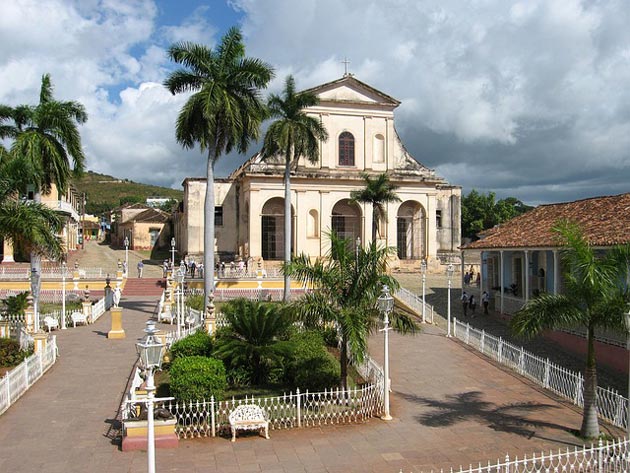
Trinidad, in the province of Sancti Spiritus, and is known as one of the oldest European Cuban settlements as well as a UNESCO heritage site. Trinidad is the main tourist destination and probably the city best known for its colonial architecture in Cuba. This area has centuries of traditions embodied in its large churches and museums, all of which encourage visitors to learn more about the local customs and ways of life. This territory has many attractions for nature lovers. The two top spots to visit include Topes de Collantes, Caguanes National Park and Alturas de Banao which has impressive scenery and lush vegetation.
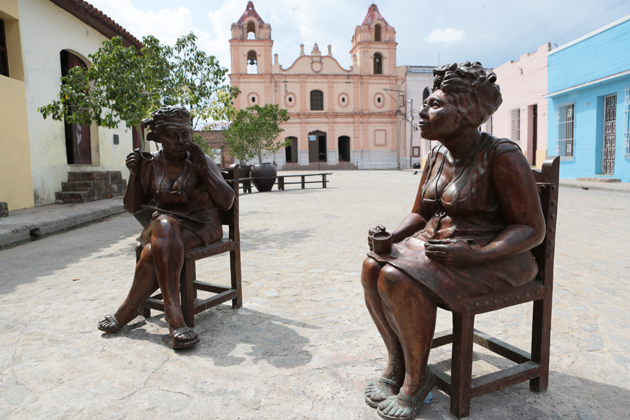
“The Gossipers” by Martha Jiménez, Camaguey
Take an interest in seeing Cuba’s colonial architectural period. Check out Santa Maria del Puerto del Principe, known in modern times as Camaguey. During colonial times, this area was isolated in the middle of vast unpopulated territory and with no means of communication. The settlement developed slowly up to the beginning of the 17th century, but later became one of the wealthiest areas on the island due to an upsurge in cattle raising. Make sure to check out the Soledad and Merced churches – the Merced church contains the well-known holy sepulchre made from 23,000 silver coins.